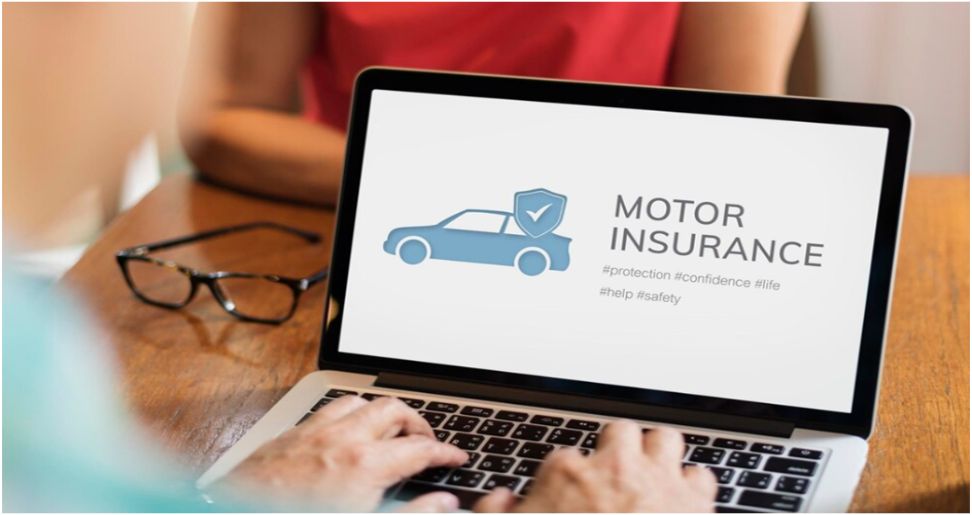Automobile insurance is a fundamental aspect of responsible vehicle ownership, offering financial protection and peace of mind in the event of accidents, theft, or damage. Navigating the world of automobile insurance can be daunting due to the myriad of options and coverage types available. This comprehensive guide aims to demystify automobile insurance, helping you make informed decisions to suit your needs.
What is Automobile Insurance?
Automobile insurance is a contract between a vehicle owner and an insurance company. The owner pays a premium, and in return, the insurer provides financial coverage for certain losses or damages involving the vehicle. Coverage can range from liability for injuries and property damage to comprehensive protection against theft and natural disasters.
Types of Automobile Insurance Coverage
Understanding the different types of automobile insurance coverage is crucial in selecting the right policy. Here are the primary categories:
- Liability Insurance: This is the most basic form of automobile insurance and is often mandatory. It covers bodily injury and property damage that you may cause to others in an accident. Liability insurance is split into two parts:
- Bodily Injury Liability: Covers medical expenses, lost wages, and legal fees if you injure someone in an accident.
- Property Damage Liability: Covers the cost of repairing or replacing another person’s property that you damage in an accident.
- Collision Insurance: This type of coverage pays for damage to your vehicle resulting from a collision with another car or object. It is particularly useful for repairing or replacing your vehicle after an accident, regardless of who is at fault.
- Comprehensive Insurance: This coverage protects against non-collision-related incidents such as theft, vandalism, natural disasters, and animal-related damage. Comprehensive insurance ensures your vehicle is protected from a wide array of potential risks.
- Personal Injury Protection (PIP): Also known as no-fault insurance, PIP covers medical expenses and lost wages for you and your passengers, regardless of who is at fault in an accident. This coverage can also extend to other expenses like rehabilitation and funeral costs.
- Uninsured/Underinsured Motorist Coverage: This insurance protects you if you are involved in an accident with a driver who either has no insurance or insufficient coverage. It ensures that your medical expenses and vehicle repairs are covered even when the other party lacks adequate insurance.
Factors Affecting Automobile Insurance Premiums
Several factors influence the cost of your automobile insurance premiums. Understanding these can help you manage and potentially reduce your insurance costs:
- Driving Record: A clean driving record with no accidents or traffic violations generally results in lower premiums. Conversely, a history of accidents or violations can increase your insurance costs.
- Vehicle Type: The make, model, and age of your vehicle affect your premium. Expensive or high-performance vehicles typically cost more to insure due to higher repair costs and theft risk.
- Location: Your geographic location influences your premium. Urban areas with higher traffic density and crime rates usually have higher insurance costs compared to rural areas.
- Age and Gender: Younger drivers, especially males under 25, often face higher premiums due to statistically higher accident rates. Mature drivers usually benefit from lower premiums.
- Credit Score: In many regions, insurers use credit scores to determine premiums. A higher credit score can lead to lower insurance costs, while a lower score might increase your premiums.
- Coverage Limits and Deductibles: Higher coverage limits and lower deductibles increase your premium. Choosing a higher deductible can reduce your premium but requires you to pay more out-of-pocket in the event of a claim.
Tips for Choosing the Right Automobile Insurance
- Assess Your Needs: Evaluate your vehicle’s value, your driving habits, and your risk tolerance to determine the appropriate coverage levels. Consider factors like vehicle age, commute distance, and local crime rates.
- Compare Quotes: Shop around and compare quotes from multiple insurance providers. This helps you find the best coverage at the most competitive price. Online comparison tools can simplify this process.
- Look for Discounts: Many insurers offer discounts for various reasons, such as bundling multiple policies, having a good driving record, or installing safety features in your vehicle. Ask about available discounts to reduce your premium.
- Read the Fine Print: Understand the terms and conditions of your policy, including coverage limits, exclusions, and the claims process. Being well-informed prevents surprises during a claim.
- Review and Update Your Policy Regularly: Your insurance needs may change over time. Regularly review your policy to ensure it still meets your requirements and update it accordingly.
Conclusion
Automobile insurance is a critical component of vehicle ownership, providing financial protection and legal compliance. By understanding the different types of coverage, the factors affecting premiums, and tips for choosing the right policy, you can make informed decisions to protect yourself and your vehicle. Regularly reviewing your policy ensures that your coverage remains adequate, giving you peace of mind on the road.
Also Read:-
- How Long Is Schooling For Real Estate?
- How To Clean Suede Couch – A Complete Guide
- What Are The Disadvantages Of Seller Paying Closing Costs? A Closer Look

